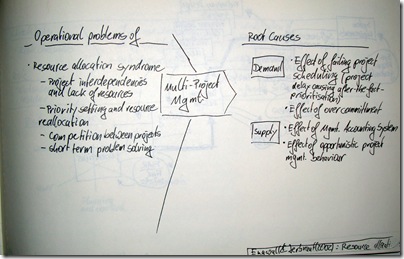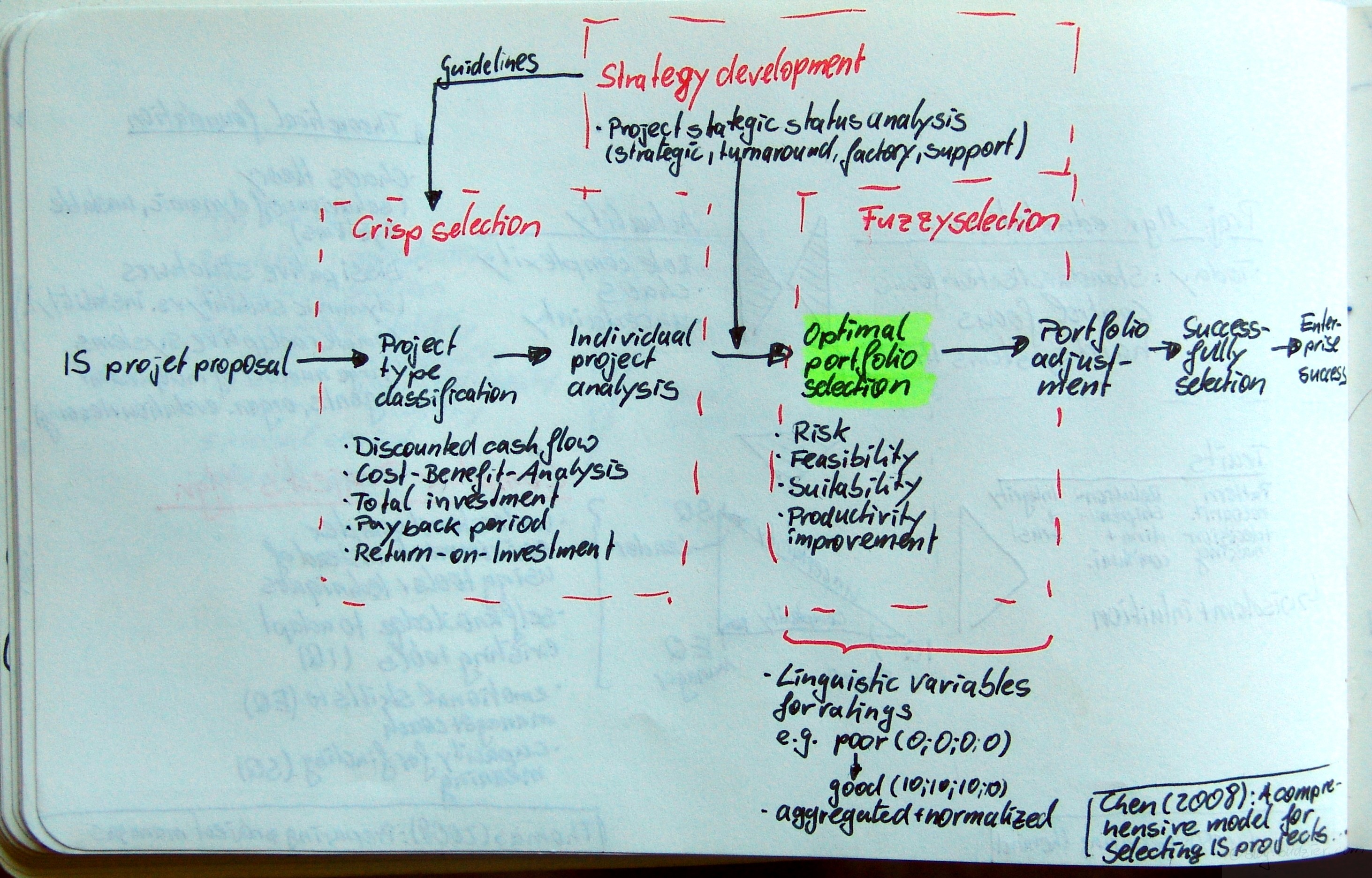Engwall, Mats; Jerbant, Anna: The resource allocation syndrome – the prime challenge of multi-project management?; in: International Journal of Project Management, Vol. 21 (2003), No. 6, pp. 403-409.
http://dx.doi.org/10.1016/S0263-7863(02)00113-8
Engwall & Jerbant analyse the nature of organisations, whose operations are mostly carried out as simultaneous or successive projects. By studying a couple of qualitative cases the authors try to answer why the resource allocation syndrome is the number one issue for multi-project management and which underlying mechanisms are behind this phenomenon.
The resource allocation syndrome is at the heart of operational problems in multi-project management, it’s called syndrome because multi-project management is mainly obsessed with front-end allocation of resources. This shows in the main characteristics: projects have interdependencies and typically lack resources; management is concerned with priority setting and resources re-allocation; competition arises between the projects; management focuses on short term problem solving.
The root causes for these syndromes can be found on both the demand and the supply side. On the demand side the two root causes identified are the effect of failing projects on the schedule, the authors observed that project delay causes after-the-fact prioritisation and thus makes management re-active and rather unhelpful; and secondly over commitment cripples the multi-project-management.
On the supply side the problems are caused by management accounting systems, in this case the inability to properly record all resources and projects; and effect of opportunistic management behaviour, especially grabbing and booking good people before they are needed just to have them on the project.

